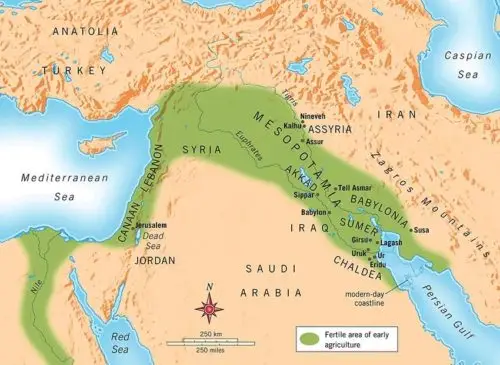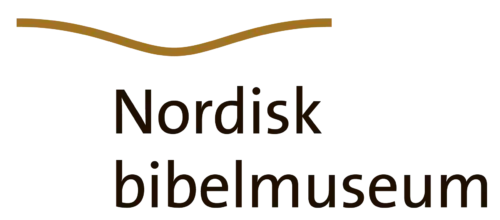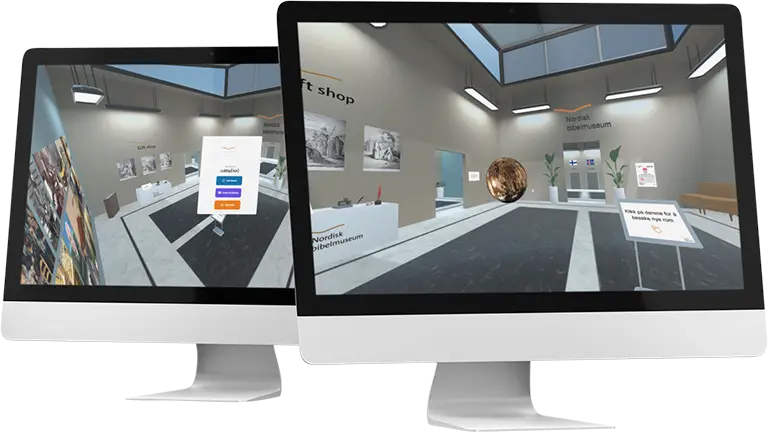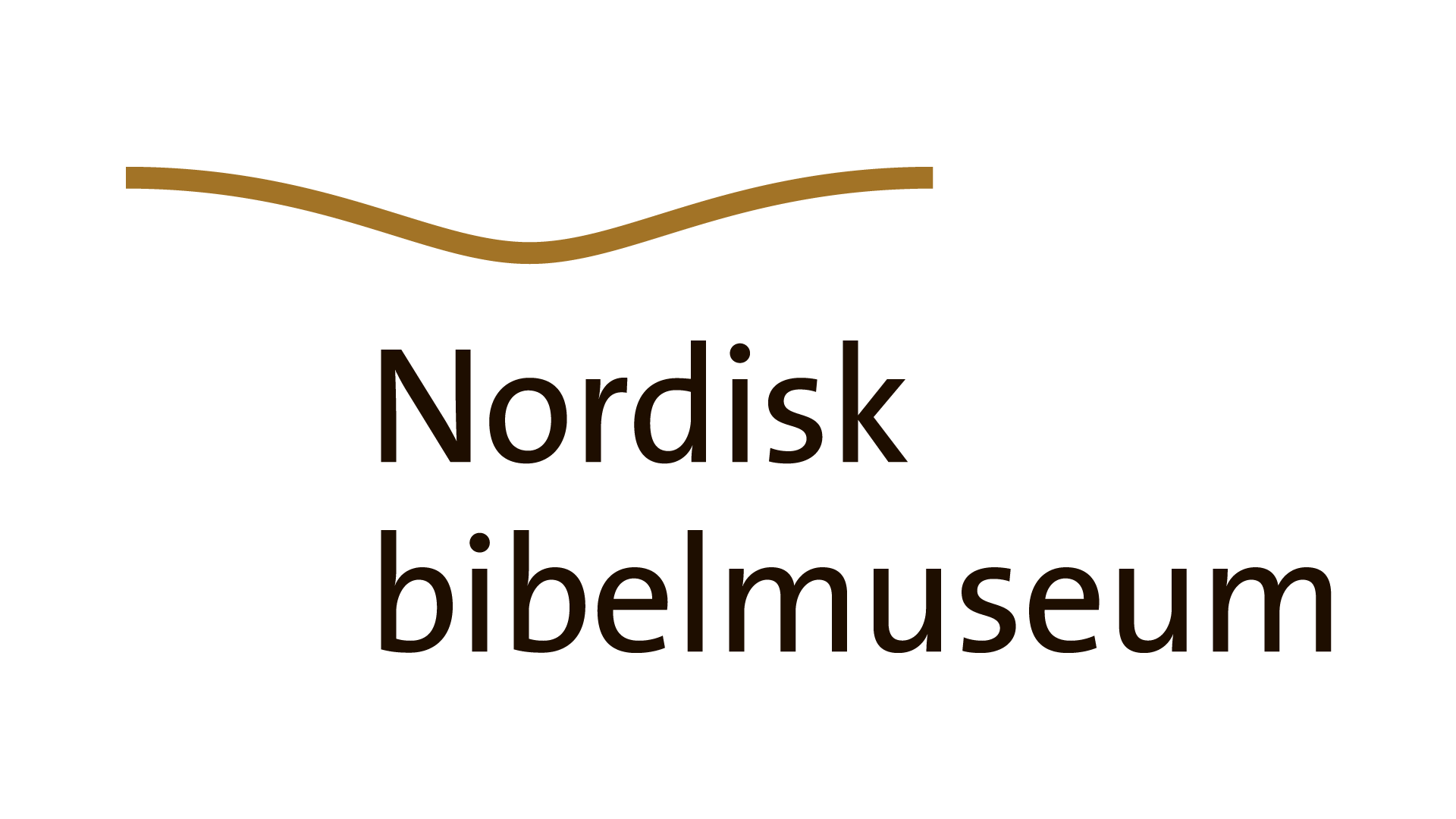Seals are mentioned several times in the Bible, for instance in 1 Kings 21:8: “So she wrote letters in Ahab’s name, placed his seal on them, and sent them to the elders and nobles who lived in Naboth’s city with him.”
But what is a seal? What did they look like? When, how, and where did the use of seals begin? What benefits does the discovery of seals give us today? How are seals used as metaphors in the Bible? These questions will be answered in this series of three articles. The first part is addressing the following: What is a seal? When, how, and where did the use of seals begin? Which types of seals are there? Part 2 is addressing “cylinder seals”, while Part 3 addresses “stamp seals” and seals used as metaphors in the Bible.
When and Where Did the Use of Seals Begin?

Archaeological findings shows that seals have been in use from the earliest emergence of civilizations. It is believed that the use of seals originates from Mesopotamia, an area which today is a part of Iraq. Thousands of seals have been found in this area, which shows that they were used by all kinds of persons – from slaves to kings. There have also been many discoveries of seals from among others Egypt, Israel, Persia, Assyria, and Babylon.
The Greek historian Herodotus (c. 480 BC – c. 425 BC) writes about how common the use of seals was in Babylon: “Each man has a seal and a staff carved by hand.” [1]
What Were Seals Used for?

The seal was often used as a way of verifying someone’s identity or to prove the authenticity of for instance a document, but it was also used as a lucky amulet or a piece of jewellery. As one can understand, a seal was a highly valuable object. In the book “Handbook to Life in Ancient Mesopotamia” Stephen Bertman writes on page 235: “If a cylinder seal were lost or stolen, it was a matter of great concern. The former owner would record the date and time of loss with an official to insure that transactions made after the loss would be invalid (not unlike the way we might call Visa or Mastercard to report a lost or stolen credit card). In one instance, we are told, a horn was sounded in a city to announce the loss of a seal.” [2]
What Types of Seals Are There?

Many types of seals have been found, both square, cone-shaped, cylindrically shaped, and shaped like an Egyptian scarab [3] or made to look like a stamp. The engravings of the seals have given us unique knowledge of the religions in ancient times, myths, daily life, businesses, clothing, dance and music among others. In addition, there are several seals who mentions persons we can find in the Bible.
In the two following articles we will address two types of seals whoare connected to the Bible, cylindrical seals and stamp. The next article is about cylindrical seals.

[1] http://perseus.uchicago.edu/perseus-cgi/citequery3.pl?dbname=GreekFeb2011&getid=1&query=Hdt.%201.195
[2] Handbook to Life in Ancient Mesopotamia (2003) Bertman Stephen. Facts on file. USA
[3] Skarabé er en tordivel (gjødselbille) som representerte den egyptiske solguden Khepri
Sources
https://www.britannica.com/art/cylinder-seal
https://www.internationalstandardbible.com/S/seal.html
https://www.historyonthenet.com/mesopotamian-cylinder-seals
Handbook to Life in Ancient Mesopotamia (2003) Bertman Stephen. Facts on file. USA
Sources photos
2. https://www.timesofisrael.com/exceptional-womans-2500-year-old-seal-unearthed-in-jerusalem/
3. https://sv.wikipedia.org/wiki/Skarab%C3%A9
4. https://www.ancient.eu/image/8104/cylinder-seal-of-queen-puabi/


